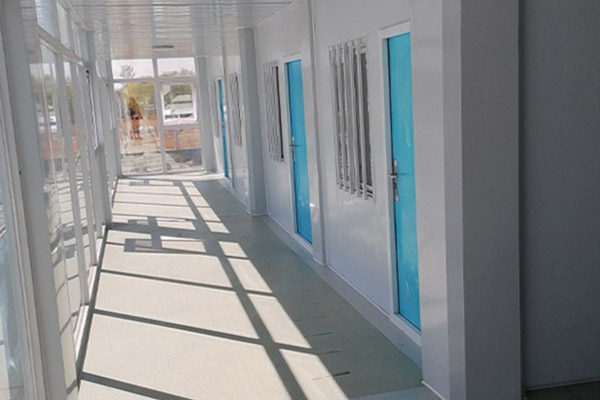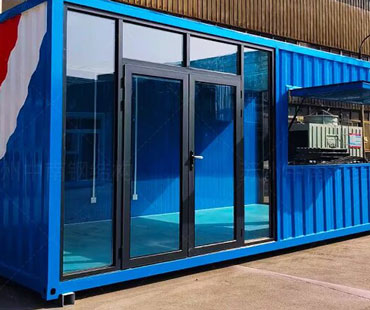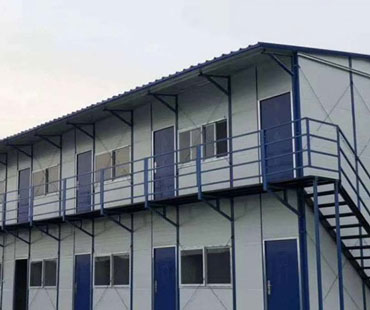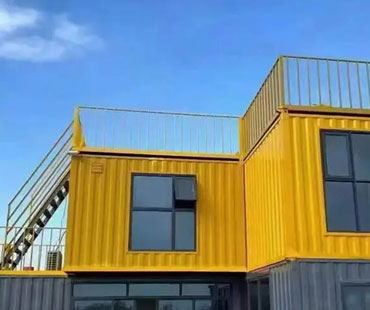In recent years, the concept of container houses has gained significant traction as a viable alternative for urban living. As cities become increasingly crowded and housing prices soar, innovative solutions are essential to address the pressing need for affordable and sustainable housing. Container houses, constructed from repurposed shipping containers, offer a unique blend of affordability, flexibility, and environmental consciousness that is attracting attention worldwide.
The idea of using shipping containers as building materials is not entirely new; however, it has recently gained popularity due to a combination of economic factors and a growing awareness of sustainability. With the global shipping industry generating millions of unused containers every year, converting these steel boxes into livable spaces is both an ingenious and practical solution. Container houses are not only cost-effective but also quick to construct, allowing for rapid development in urban areas where traditional building methods may be too time-consuming.
One of the most compelling advantages of container houses is their affordability. The average cost of building a traditional home can be prohibitive, especially in urban centers. In contrast, container houses can be constructed for a fraction of the price. The basic structure of a container is already in place, which significantly reduces material costs. Furthermore, these homes can be designed to accommodate various living arrangements, from single units to multi-container complexes, allowing residents to choose a layout that suits their needs and budget.

Container houses also align with modern sustainability goals. By repurposing existing materials, they contribute to recycling efforts and reduce waste. Unlike traditional building materials, which often require extensive resource extraction and processing, shipping containers provide a ready-made solution that minimizes environmental impact. Additionally, container houses can be equipped with energy-efficient systems, such as solar panels and rainwater harvesting technologies, further enhancing their eco-friendliness.
The modular nature of container houses allows for immense flexibility in design. Architects and builders can stack, arrange, and modify containers in countless configurations to create innovative living spaces that reflect the lifestyles and preferences of their inhabitants. This adaptability is particularly beneficial in urban environments where land is limited and creative solutions are necessary to maximize space. Container houses can be transformed into single-family homes, co-housing communities, or even temporary shelters, demonstrating their versatility across various applications.
Despite the many advantages, container houses are not without challenges. One significant concern is insulation and climate control. While metal containers can be durable, they can also create uncomfortable living conditions if not properly insulated. Builders must invest in appropriate insulation materials and ventilation systems to ensure that these homes remain comfortable year-round.
Additionally, zoning laws and building codes can pose hurdles for container house construction. Many urban areas have strict regulations regarding housing, which may not account for this innovative building method. Advocates for container housing must work to educate policymakers and promote changes in legislation to facilitate the integration of container homes into urban landscapes.
Container houses represent an exciting and practical solution to the challenges of modern urban living. With their affordability, sustainability, and design flexibility, they offer a fresh perspective on housing in an era where traditional options may fall short. As cities continue to evolve and the need for innovative housing solutions becomes increasingly urgent, container houses may play a pivotal role in shaping the future of urban life. By embracing this transformative concept, we can pave the way for a more sustainable, accessible, and creative approach to living in our bustling cities.


